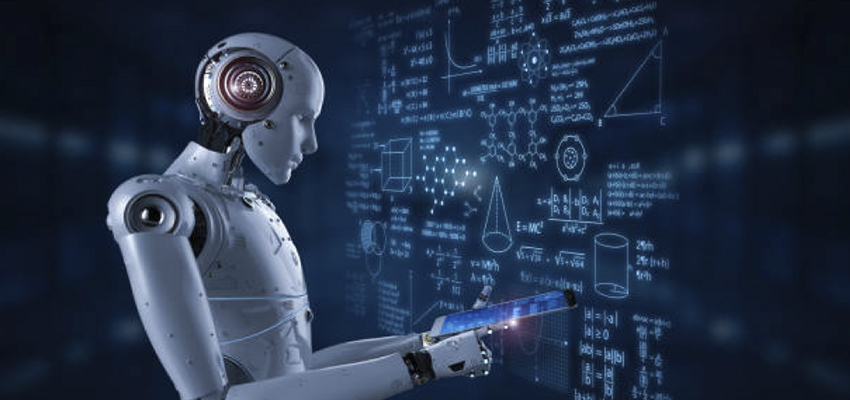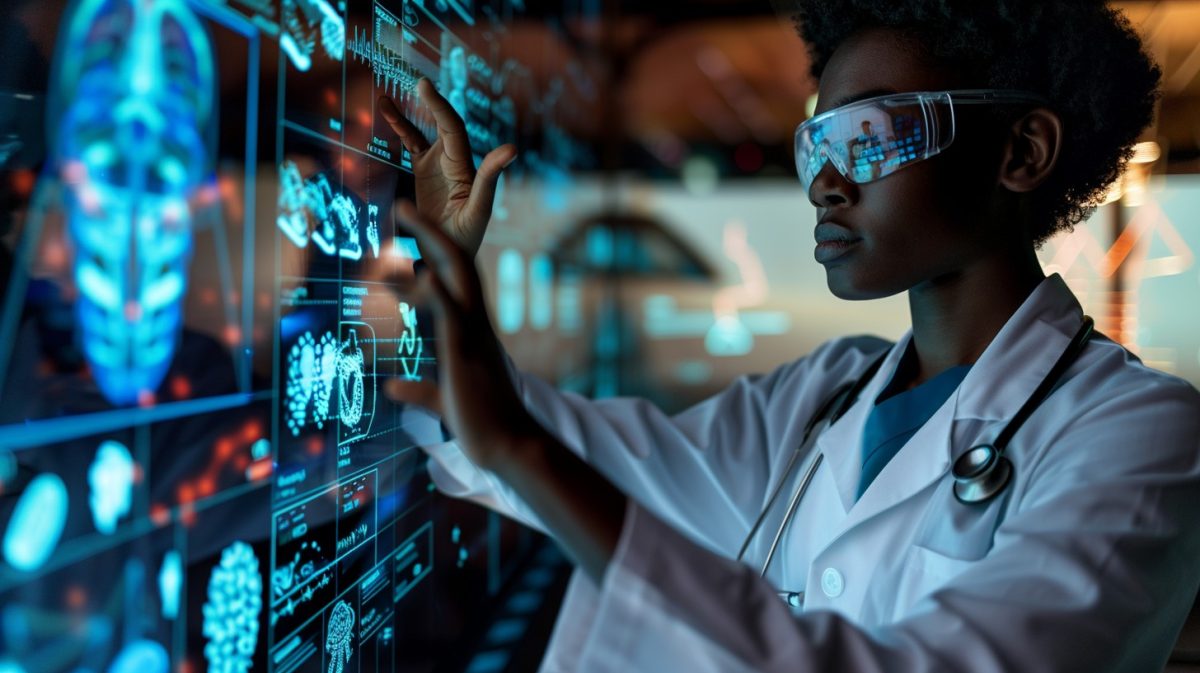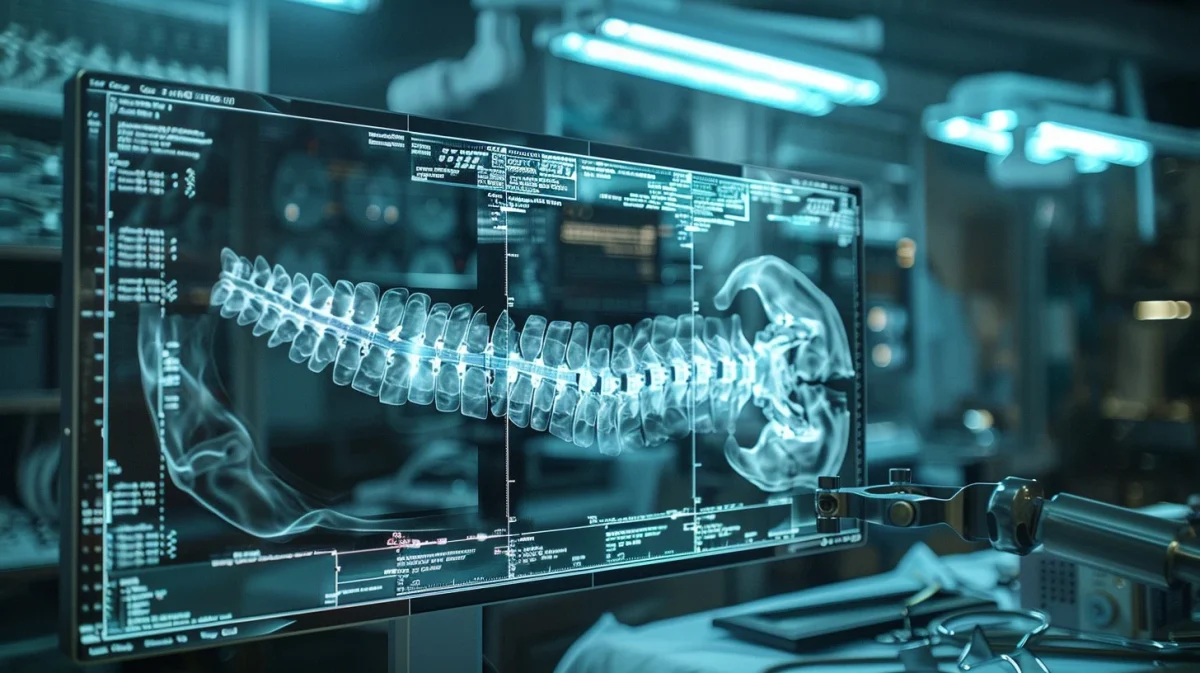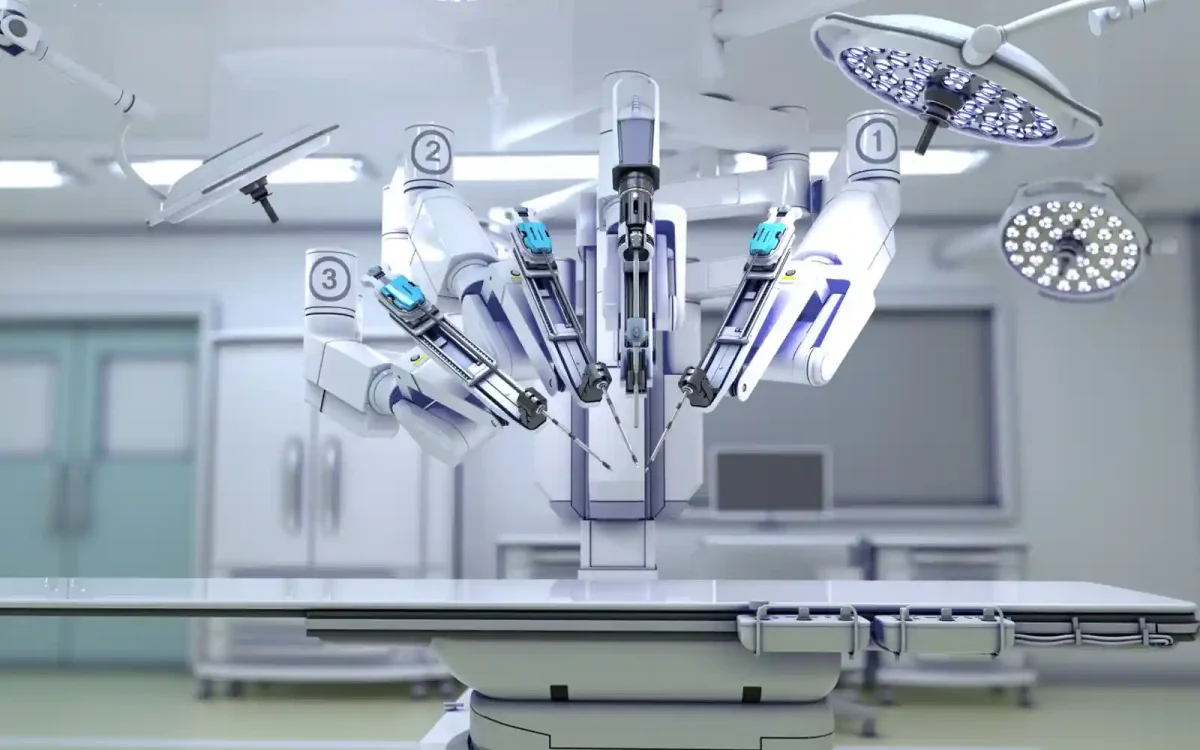It is important to make current medical procedures and images more efficient and simple, but it is even more important to discover and develop new drugs for the treatment of various conditions. Many diseases have no cure, and many cures do not work 100% of the time or are very lengthy and arduous processes, such as chemotherapy. AI algorithms can analyze molecular structures, predict drug interactions, and greatly accelerate the drug discovery process, potentially leading to faster development of new medications and treatments. These algorithms can analyze vast amounts of biological, chemical, and clinical data from various sources, including scientific literature, genomic databases, and clinical trials. This, in result, enables researchers to identify novel drug targets, predict drug interactions, and explore new therapeutic methods more efficiently than manual literature review or database searches.
Unlike the current methods of drug testing, normally practiced on animals, artificial intelligence can model extremely complex, intricate biological processes and drug interactions with far greater accuracy and speed than any traditional, computational method. This may also, in turn, allow scientists to no longer need animal testing as well as the next step, which many individuals and organizations do not approve of, human testing. These machine-learning algorithms can learn from massive datasets of molecular structures, biological pathways, and drug responses to predict the efficacy and safety of potential drug candidates. A scientist is indeed abundant with knowledge, but artificial intelligence is able to fully process and recall all scientific data ever gathered in the history of man: which is a little more knowledge, so to say.
A common practice in the medical world is drug repurposing: using current drugs for other purposes they were designed for. An example is Amantadine, a drug originally developed for influenza, but later repurposed to treat Parkinson’s disease. Developing new drugs is an extremely difficult and expensive task, which gets exponentially harder with every new drug discovered. Leveraging the use of current drugs that have been highly tested and that have a large amount of data on them, and repurposing them, seems to be by far the best idea. By identifying existing drugs, AI algorithms can identify existing drugs with potential therapeutic effects for new indications by analyzing their molecular structures, biological targets, and clinical data. This approach to drug repurposing will most likely lead to far more success than the discovery of new drugs, as it will accelerate the development of new treatments for diseases with unmet medical needs without the arduous process of discovering new drugs.
As always, AI does pose concerns in a few circumstances. As AI algorithms need to be taught, it leads to the likely possibility that there is bias, inconsistencies, and limitations in the data they are taught. This can affect the reliability and generalizability of AI models and predictions as well as lessen the quality, completeness, and accessibility of the data, which is an extremely critical factor in the success of AI-driven drug discovery efforts. Biological systems are extremely complex and dynamic, thus making it a highly challenging task to correctly and accurately model and predict the effects of drugs on living organisms. The algorithms may struggle with the full complexity of biological processes and interactions, which will eventually lead to errors and inaccuracies in their predictions. Therefore, AI predictions must be validated through extremely rigorous experimental testing in preclinical and clinical studies. A very important mindset that must remain is not to be completely reliant on AI and not take its data as 100% accurate.
Although AI may help, it is likely that a system will have to be created in order to interpret and analyze the data provided. Designing these experiments requires domain expertise and extremely careful consideration of factors such as study design, sample size, and statistical analysis. Unlike other discoveries or advancements, they don’t need to be 100% accurate or efficient, but with medicine, even the tiniest of mistakes could result in countless life-threatening cases. Both the use of AI in general as well as the data they produce will very likely need to be regularly approved from health authorities, such as the FDA or EMA. These agencies will most likely require a substantial amount of additional evidence and validation in order to ensure the safety, efficacy, and quality of AI-generated drug candidates. Getting approval from the authorities is already an extremely long, difficult task, but the ethical and legal considerations that may arise could pose an even larger threat to bringing AI into healthcare. Some issues related include data privacy, intellectual property rights, and transparency in algorithmic decision-making.
Ensuring the ethical and responsible use of AI in drug development and really in any medical use is essential to maintain public trust and regulatory compliance. Despite the challenges presented, AI has the potential to make a great revolution in drug discovery development by accelerating the identification of novel drug candidates, optimizing drug design and formulation, and personalizing treatment approaches for individual patients. Collaborative efforts between AI researchers, pharmaceutical companies, regulatory agencies, and healthcare stakeholders, in addition to AI, are essential to overcome these challenges and see the full potential of AI in advancing drug discovery and development.





































